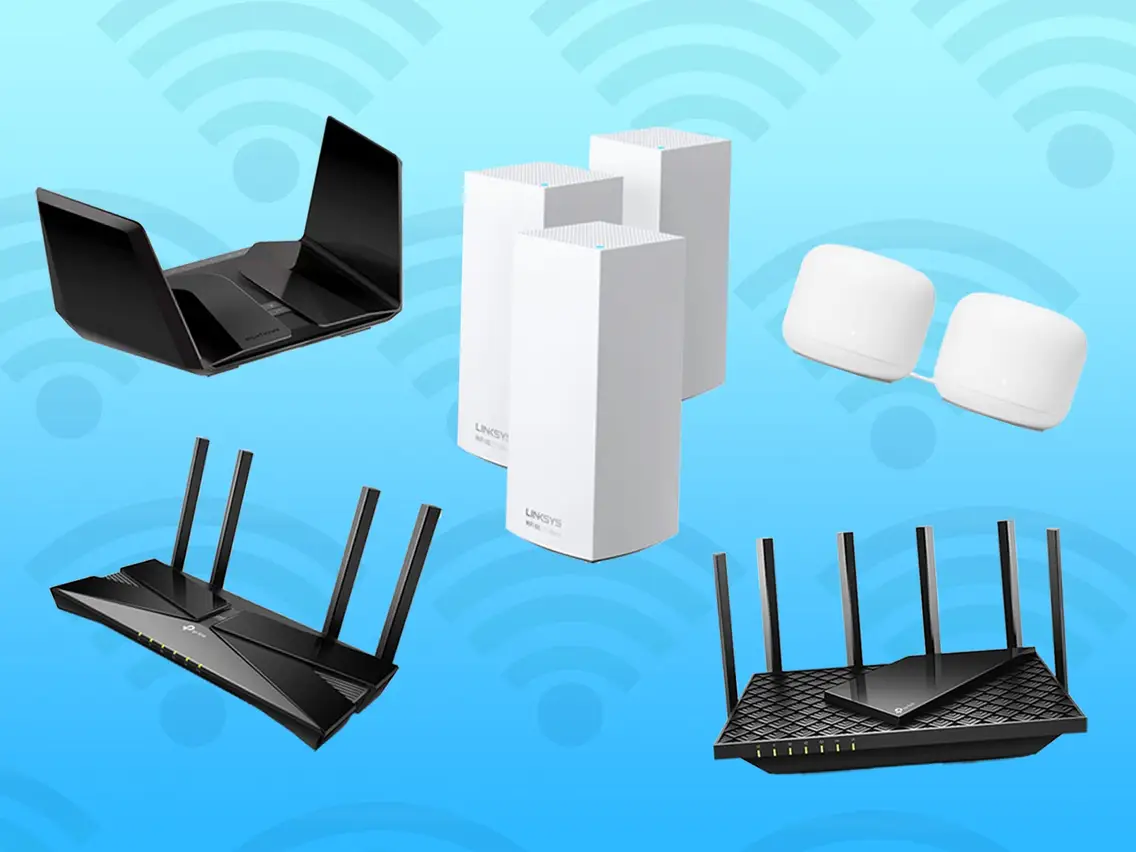

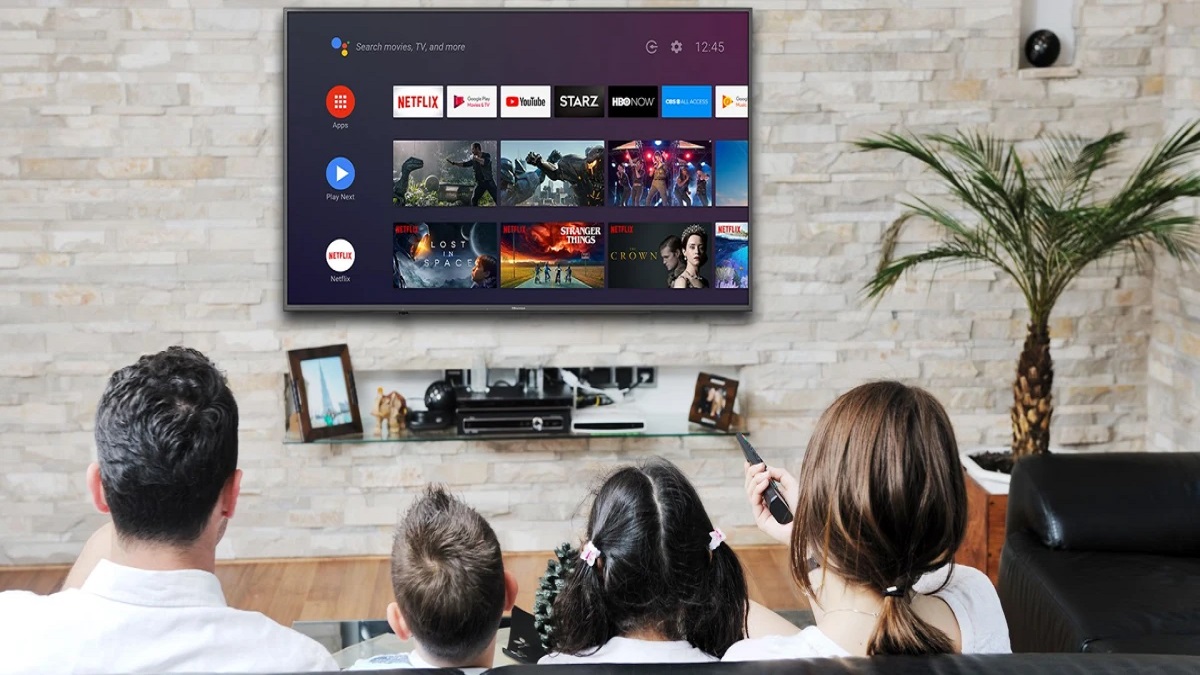





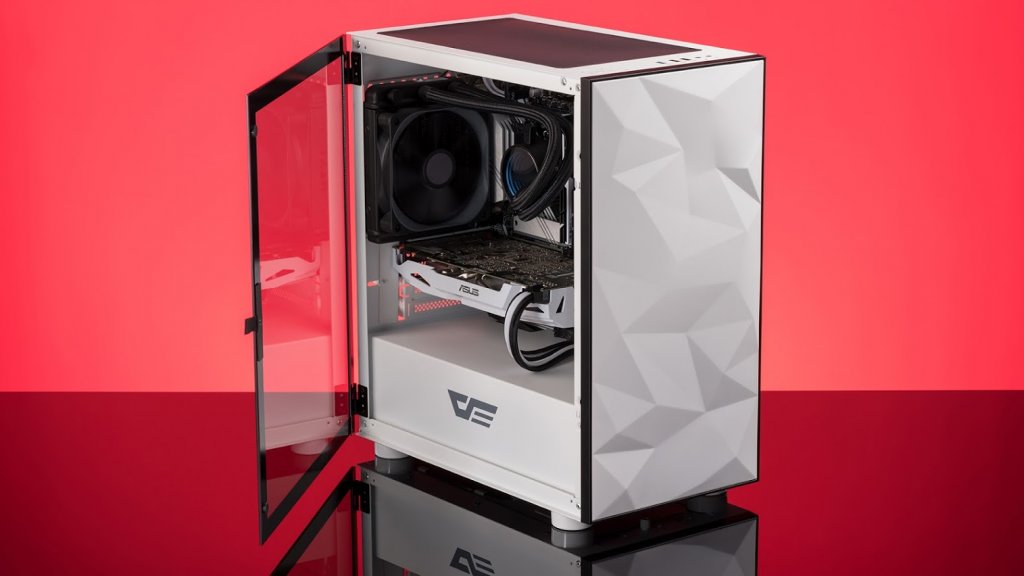

When choosing a router, buyers look at its generation (standard) and supported frequency range. Sometimes they also pay attention to the type of model (regular, gaming, MESH system) and maximum speeds.
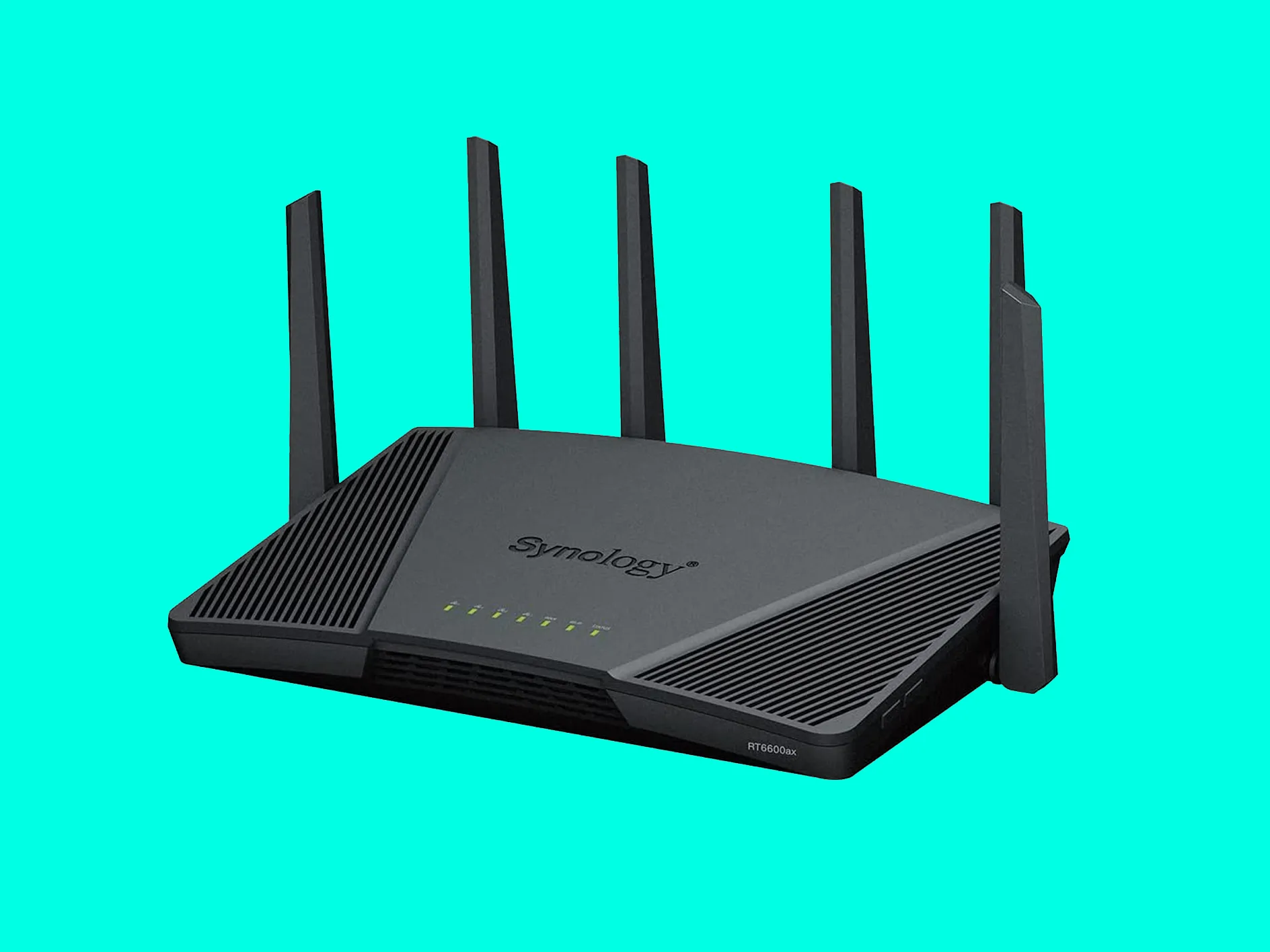
When choosing a router, buyers look at its generation (standard) and supported frequency range. Sometimes they also pay attention to the type of model (regular, gaming, MESH system) and maximum speeds. But not everyone knows about Wi-Fi classes, although they often appear in the very name of the router. Just by this characteristic you can immediately find out almost all the key information about the router. You just need to be able to decipher the classes. In fact, this article is intended to help with this. We'll tell you what Wi-Fi classes are, what they affect, where to look for them, and most importantly, how they differ from each other.
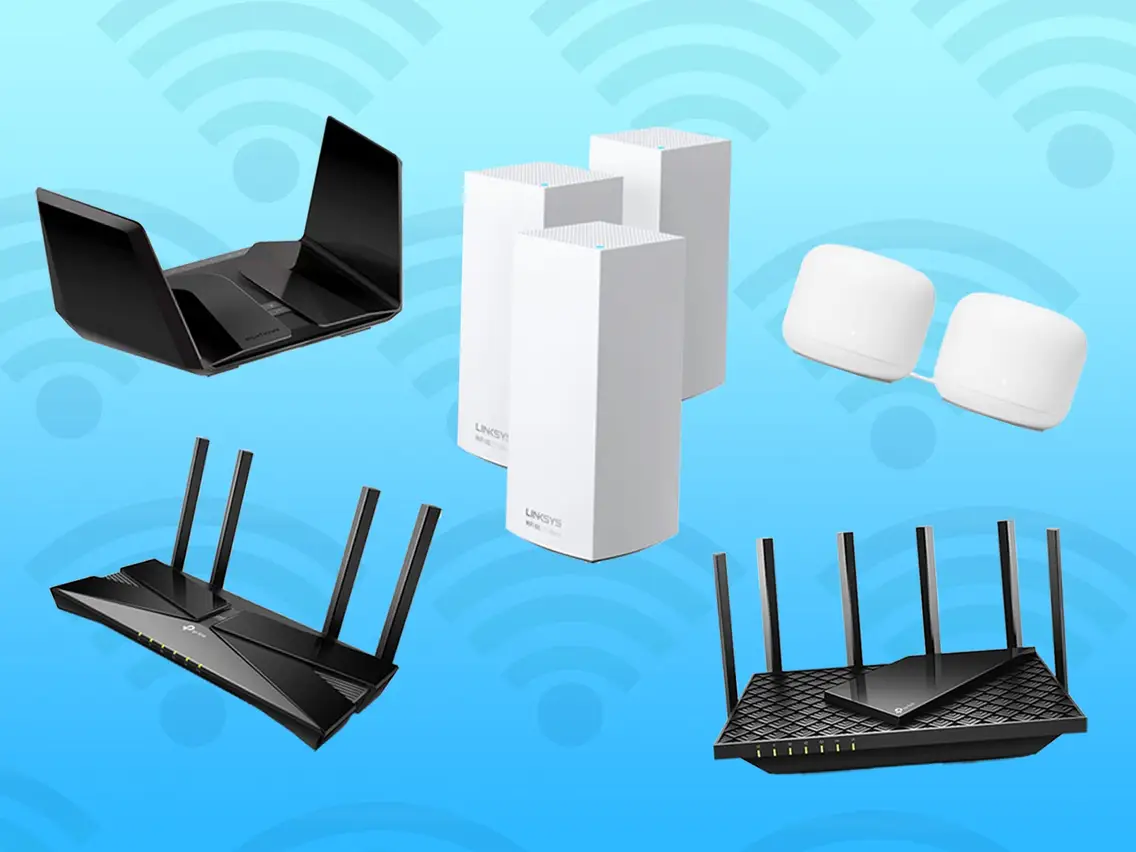
When choosing a router, buyers look at its generation (standard) and supported frequency range. Sometimes they also pay attention to the type of model (regular, gaming, MESH system) and maximum speeds. But not everyone knows about Wi-Fi classes, although they often appear in the very name of the router. Just by this characteristic you can immediately find out almost all the key information about the router. You just need to be able to decipher the classes. In fact, this article is intended to help with this. We'll tell you what Wi-Fi classes are, what they affect, where to look for them, and most importantly, how they differ from each other.
